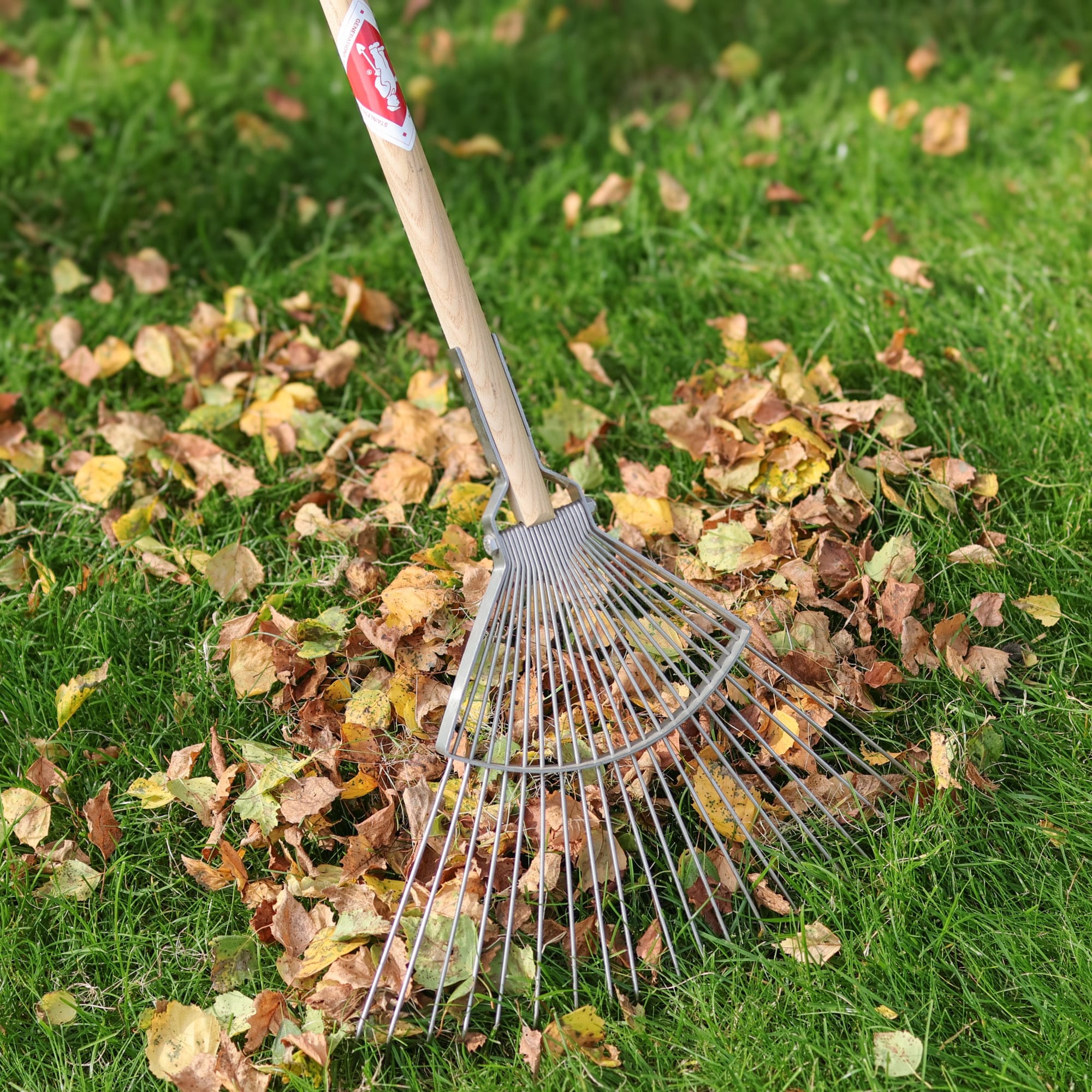Autumn is the season of falling leaves, but did you know that raking those leaves in time is essential for the health of your garden? In this article, we explain why raking leaves not only improves the appearance of your garden but also protects your grass and plants from mould and pests. We also discuss how you can reuse the leaves as mulch or compost, and which rakes from Sneeboer are ideal for the task. By raking in time and using the right tools, you can keep your garden tidy while ensuring healthy soil and a fruitful growing season.
Why Should You Rake Leaves on Time?
Raking leaves is a chore that many gardeners might put off, but this can have negative consequences for your garden. When leaves remain on the lawn, they quickly start to clump together, especially after rain. This thick layer of leaves blocks sunlight and air circulation, preventing the grass underneath from breathing. The lack of light and air can lead to mould formation, yellow patches, and eventually the death of the grass.
Additionally, wet leaves create the perfect breeding ground for fungi and diseases that can spread throughout your garden. In the spring, you might notice bare spots or even sick plants, simply because the leaves were not removed in time during autumn.
Wet leaves can also become dangerous on your garden paths, as they are slippery and can cause falls. This makes leaf raking not only a matter of garden maintenance but also of safety.
In addition to harming your lawn and posing a safety risk, fallen leaves provide an excellent hiding place for pests like slugs, insects, and rodents. These pests can overwinter in the thick layer of leaves and cause significant problems in your garden in the spring. By raking on time, you can prevent these unwanted guests from settling in your garden.
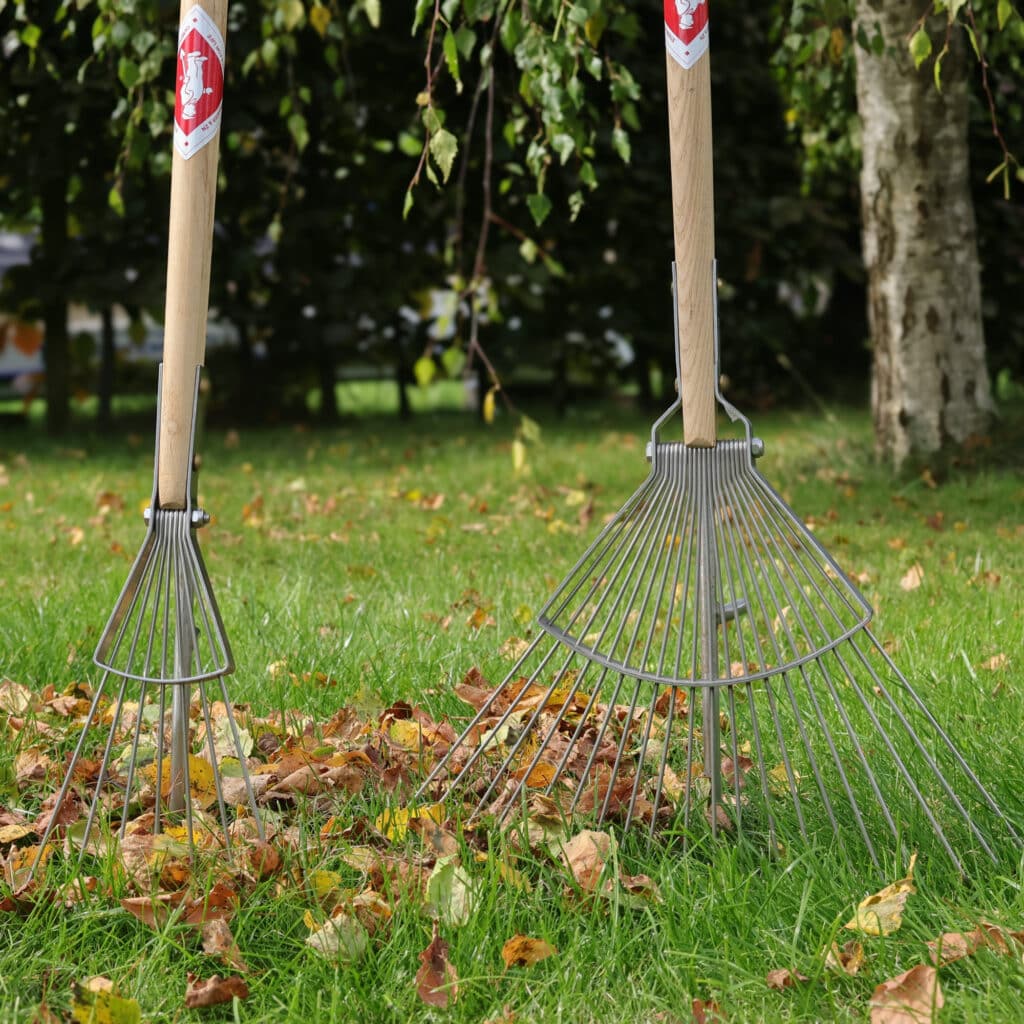
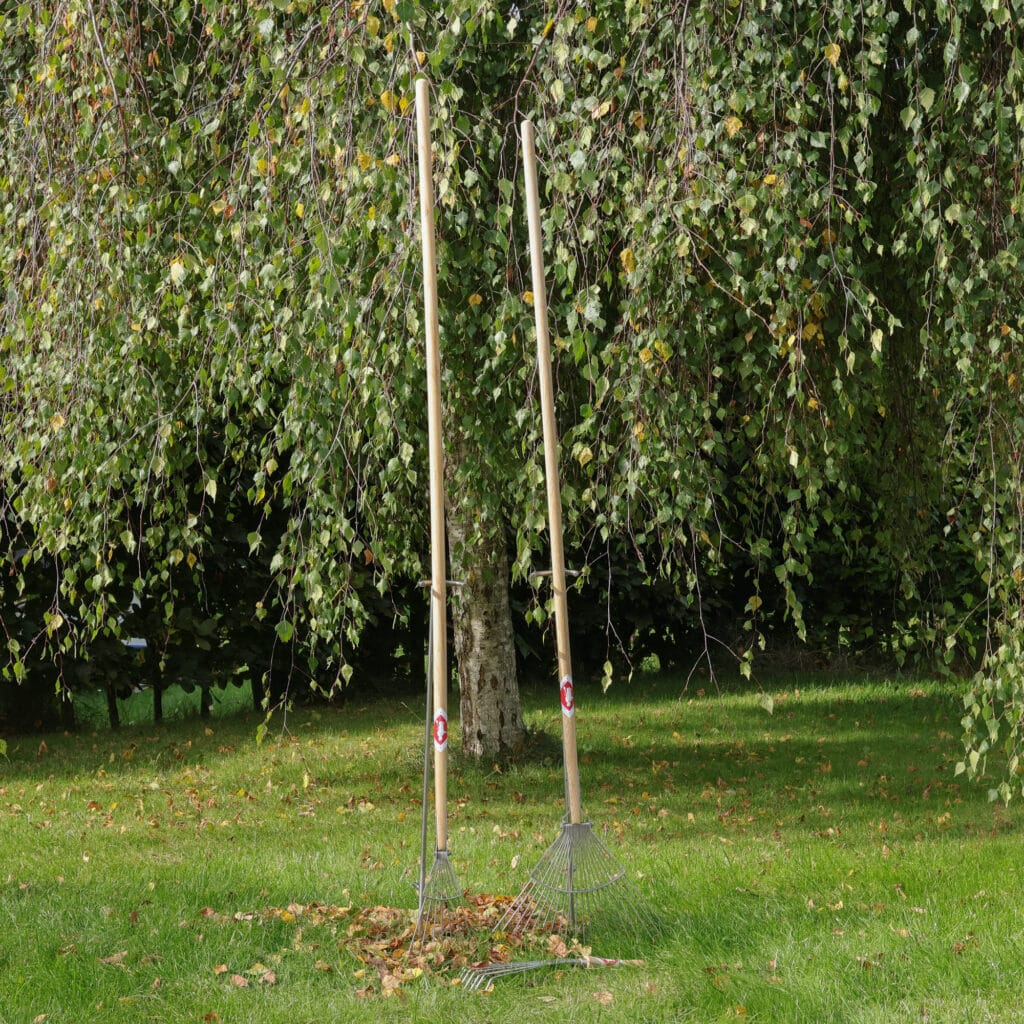

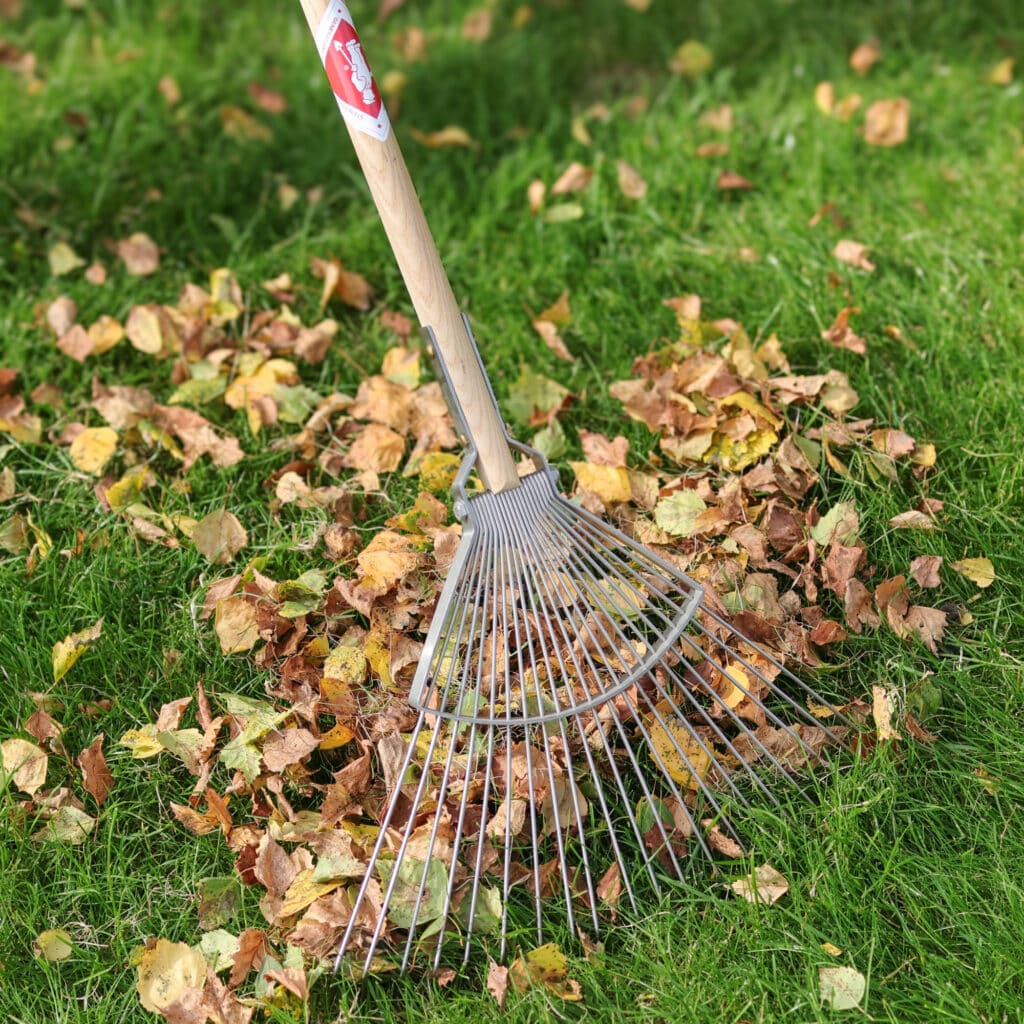
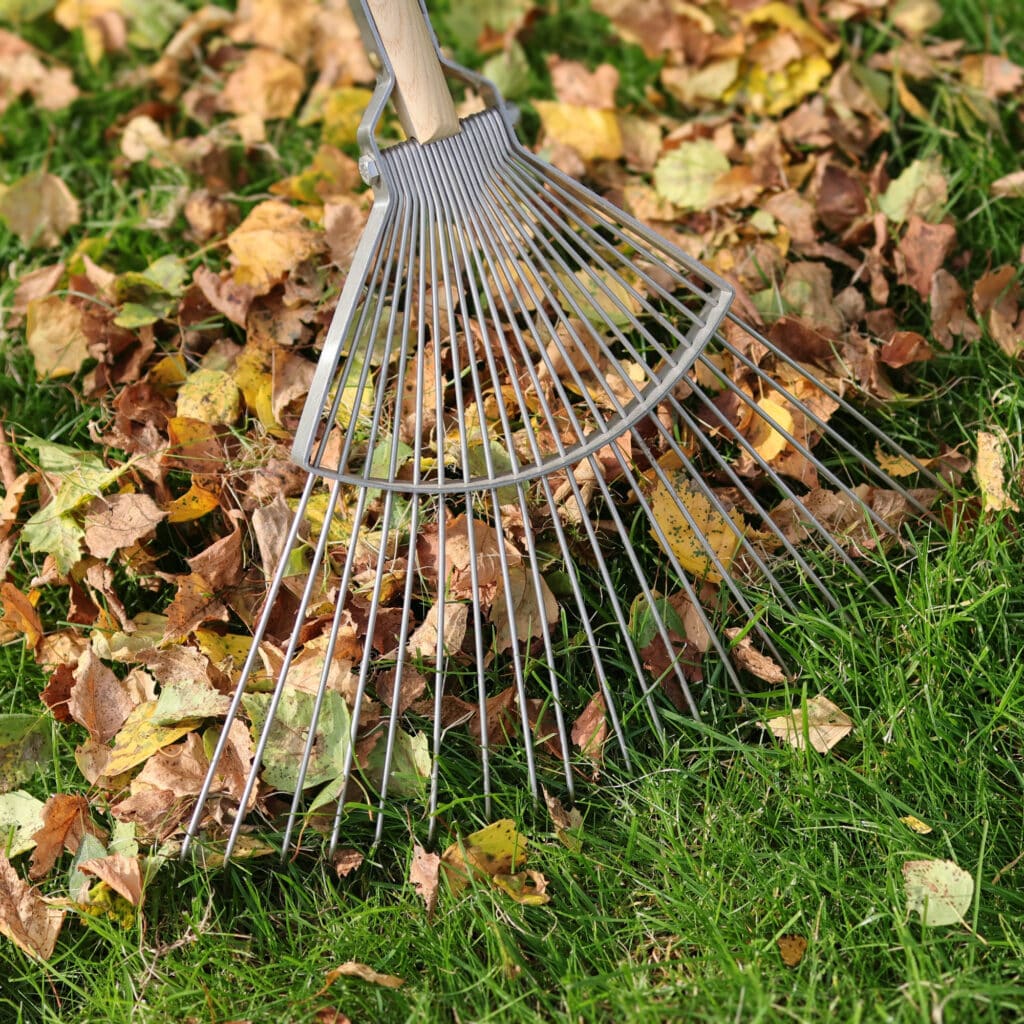
What Can You Do with Fallen Leaves?
Leaves that you rake from your lawn are not waste. On the contrary, they are a valuable source of nutrients for your garden. There are two excellent ways to reuse fallen leaves: as compost or as mulch.
Composting Leaves
Leaves are rich in carbon, an essential component of a well-balanced compost pile. By mixing the leaves with nitrogen-rich material such as grass clippings or kitchen waste, you can create compost that you can later use to improve your garden’s soil. Compost helps improve soil structure and moisture retention. It also promotes the growth of healthy plants by gradually releasing nutrients.
Composting leaves requires patience, as it can take several months to a year for the leaves to break down completely. You can speed up the process by shredding the leaves first, for example by mowing over them. This helps the material decompose more quickly, so you can use the compost sooner.
Using Leaves as Mulch
Another way to make use of fallen leaves is by using them as mulch. Mulch is a protective layer of organic material that you apply to the soil. It helps keep the ground moist, reduces weed growth, and protects plant roots from extreme temperatures, both in summer and winter.
The beauty of using leaves as mulch is that they gradually break down over time, releasing their nutrients into the soil. This creates fertile ground that stimulates plant growth. By spreading a thin layer of raked leaves around trees, shrubs, and in borders, you can make the most of this natural resource.
The Right Time to Rake Leaves
Timing is crucial when it comes to raking leaves. While it may be tempting to wait until all the leaves have fallen from the trees, it’s better to regularly rake small amounts of leaves rather than waiting until the lawn is completely covered. This prevents the grass from suffocating or mould from forming due to a build-up of wet leaves. Start raking as soon as the first leaves begin to fall, and repeat the process several times throughout the season.
Which Sneeboer Rakes Help You with Leaf Raking?
Sneeboer offers a range of high-quality leaf rakes specifically designed to make leaf raking as efficient and easy as possible. Each of these rakes has its own unique benefits, depending on the size and needs of your garden.
1. Leaf Rake with 20 Tines and Long Handle
This leaf rake is perfect for raking large areas such as lawns. The 20 flexible tines adapt to the surface, allowing you to collect large amounts of leaves without damaging the grass. The long handle ensures you can work comfortably for extended periods without much effort.
-
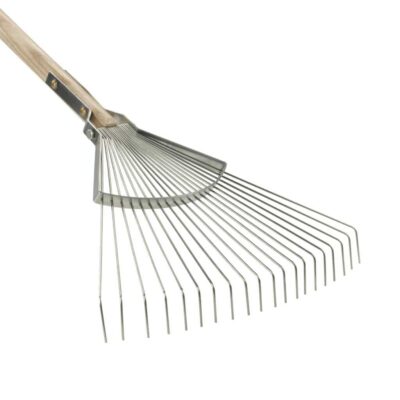
Leaf Rake 20t$94,00
2. Leaf Rake with 7 Tines and Long Handle
If you have smaller areas or are working in borders, the 7-tine leaf rake is an excellent choice. This rake is designed for more precision and flexibility. The smaller head allows you to work more accurately, collecting leaves without damaging plants. It’s ideal for raking leaves between shrubs or around flowers.
-
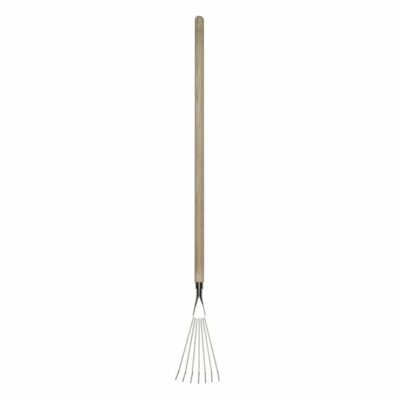
Children’s Leaf Rake$44,00 -
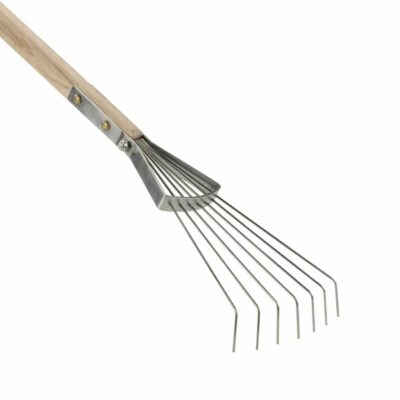
Leaf Rake 7t$79,00 -
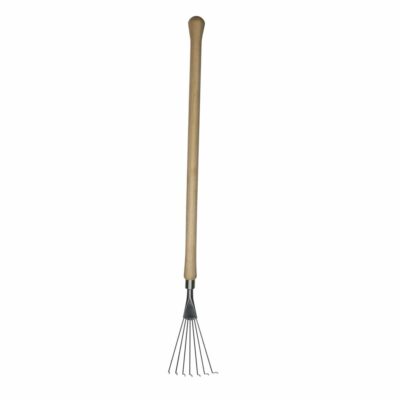
Raised Bed Leaf Rake$49,00
3. Hand Leaf Rake with 7 Tines
For finer work in smaller, hard-to-reach corners, there is the 7-tine hand leaf rake. This compact rake is perfect for raking leaves out of flower beds or between delicate plants. With its short handle and narrow tines, this rake offers maximum control and precision, allowing you to efficiently rake even in difficult-to-reach spots.
-
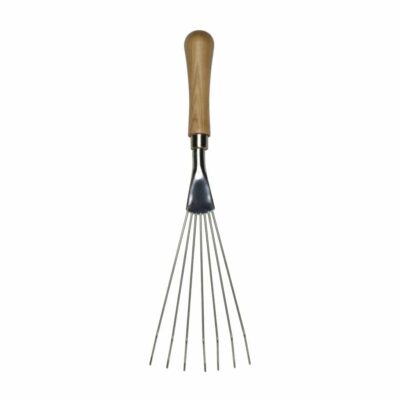
Leaf Rake 7t$49,00
Raking leaves on time is essential for maintaining a healthy garden. By removing leaves before they can damage your lawn or plants, you can prevent issues like mould, pests, and grass suffocation. Fallen leaves don’t need to be thrown away, as they are a valuable resource for compost and mulch, which will give your garden a healthy start in the spring.
With the right leaf rake from Sneeboer, the job not only becomes easier but also more effective. Whether you have a large lawn or small borders, Sneeboer has a leaf rake that perfectly suits your needs. So, don’t wait too long – start raking in time to keep your garden in top condition.

